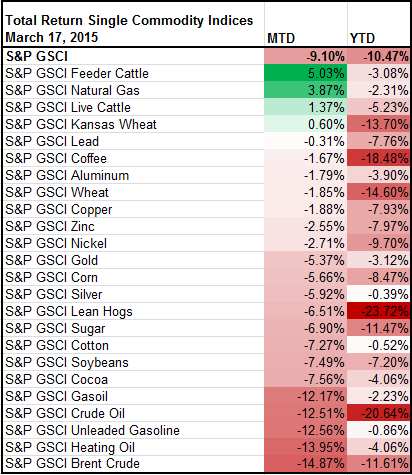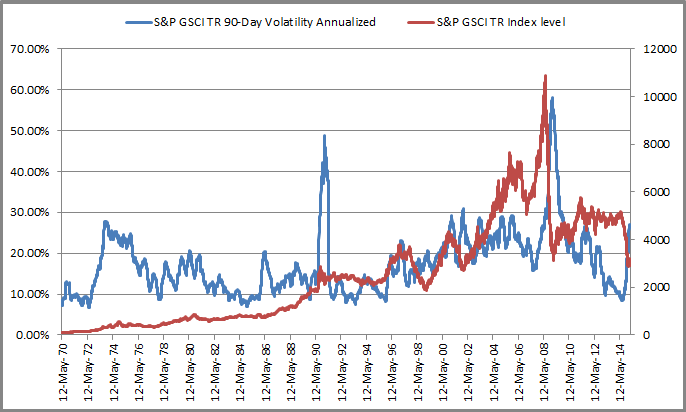In my last post, I wrote about how we approached financial advisors with SPIVA. In that effort to share SPIVA results, we were pleasantly surprised to find that some financial advisors were already embracing SPIVA. Here are two more examples of that to add to Phil Dodson’s example presented in the last post.
Todd Green and Chris Mirrione represent Alesco Advisors, a Registered Investment Advisor (RIA) firm in Pittsford, New York. They have used SPIVA and Persistence data for years as part of their new business presentations and as reference material when reviewing portfolios with current clients. Use of SPIVA and Persistence support their investment approach, which includes constructing a strategic asset allocation, broadly diversifying risk, and controlling costs. They employ this strategy as a consultant and investment manager for institutional accounts as well as with high net worth clients. In their view, establishing a proper asset allocation is essential to helping clients meet their investing goals. They believe that implementing a portfolio using passive investments to ensure participation in the long-term returns of the market is the most effective way for their clients to experience the benefits of their asset allocation structure. SPIVA and Persistence data support their choice to use ETFs and passively-managed mutual funds to obtain market returns within each asset class instead of attempting to generate alpha or chase managers who have had strong recent returns.
Rick Ferri, Founder and Managing Partner of Portfolio Solutions, an RIA based in Troy, Michigan, is a long-time proponent of indexing. Rick has written books about the power of indexing and in his blog for Forbes about how SPIVA and Persistence pertain to financial advisors as data in support of indexing for low-cost investing. In June 2013, Rick co-wrote a paper titled A Case for Index Fund Portfolios with Alex Benke of Betterment. In that paper, the co-authors extended research beyond SPIVA and S&P Persistence Scorecard’s case for index effectiveness to determine if a portfolio of index funds would outperform a portfolio of actively managed funds. The authors modeled and analyzed data from three consecutive periods of five years and the entire 15-year period to find that a portfolio of index funds outperformed in all four scenarios. The complete results of their research can be seen at https://us.spindices.com/resource-center/thought-leadership/spiva/.
These three examples (including Phil Dodson’s example from my previous post) are representative of a growing body of wealth managers who are using SPIVA and Persistence to their advantage. Their practices may differ, but they have in common that they reject the seeking of alpha as their objective. They also reject the practice of picking managers. What they retain is the ability to construct portfolios for high net worth clients where they themselves manage the asset allocation. Informed by SPIVA, their method is to use index-based tools as the most efficient building blocks for that asset allocation.
Our 2014 end of year US SPIVA report, published last week, breaks new ground. For the first time, we present 10-year numbers. This new section of our US SPIVA analysis will enable financial advisors to perform robust analysis across business cycles of comparative performance of index vs active.
The posts on this blog are opinions, not advice. Please read our Disclaimers.

















































